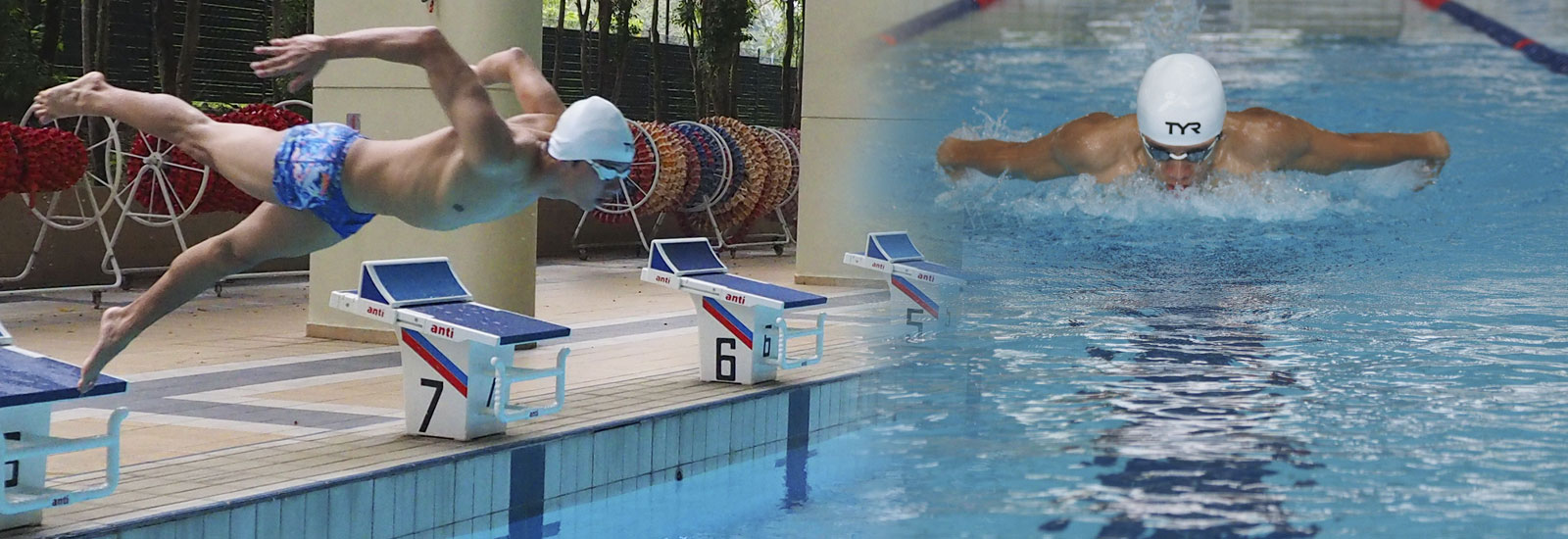Double arm Pull Backstroke
The Double Arm Pull Backstroke, also known as the “Double Arm Backstroke” or “Double Arm Back,” is a swimming technique often used in training to build strength and improve stroke mechanics for the standard backstroke propulsion pushing the body in front.
Here’s a breakdown of how to perform the Double Arm Pull Backstroke:
Body Position:
Lie flat on your back in the water with your body horizontal and streamlined.
Keep your head in a neutral position with your eyes looking straight up.
Your body should be aligned with your hips and legs close to the surface.
Arm Movement:
Start with both arms extended straight above your head.
Simultaneously, pull both arms down towards your hips in a circular motion.
Your hands should move in a path that is similar to drawing a half-circle from above your head to your hips.
Keep your elbows slightly bent and focus on using your lats and shoulders to generate power.
Kick:
Use a continuous flutter kick to maintain your body position and provide propulsion.
The kick should be steady and consistent throughout the stroke cycle.
Breathing:
Since both arms are moving simultaneously, you can take a breath during the recovery phase when your face is out of the water.
Time your breathing so that it fits naturally with your arm movements.

Both hands recovery above the water at the same time without rotation the torso

During the entry of the hand into the water, the small fingers go in first and the palm looks outward

During the stroke, the angle at the elbow will be more straight compared to backstroke with rotation of the body. Angle the arm will depend on the mobility in the shoulder girdle of the athlete

Make quick and steady kicks

Tips for Effective Double Arm Pull Backstroke
Focus on Balance:
Maintaining a balanced body position is crucial to reducing drag and improving efficiency.
Smooth Movements:
Aim for smooth, coordinated movements to ensure a steady and controlled stroke.
Strength Training:
This technique can be physically demanding, so incorporating strength training exercises for your shoulders, lats, and core can be beneficial.
Practice:
Regular practice will help you build the necessary strength and improve your overall backstroke technique.
Benefits
Strength Building:
Engages both arms simultaneously, helping build upper body strength.
Technique Improvement:
Helps swimmers focus on the mechanics of the backstroke pull.
Variety in Training:
Adds variety to backstroke training, which can help prevent monotony and overuse injuries.


